1. Kim JH, Bae W, Kim J, Hwang ES. An urgent need for global preparedness against the reemergence of “forgotten” infectious disease in Korea. J Korean Med Sci. 2018; 33(17):e125. PMID:
29686596.

2. Mungall BA, Kim H, Oh KB. A systematic review of the burden of pertussis in South Korea. Hum Vaccin Immunother. 2021; 17(6):1747–1756. PMID:
33412085.

3. Clarke KE, MacNeil A, Hadler S, Scott C, Tiwari TS, Cherian T. Global epidemiology of diphtheria, 2000–2017. Emerg Infect Dis. 2019; 25(10):1834–1842. PMID:
31538559.
5. Ryu S, Kim JJ, Chen MY, Jin H, Lee HK, Chun BC. Outbreak investigation of pertussis in an elementary school: a case-control study among vaccinated students. Clin Exp Vaccine Res. 2018; 7(1):70–75. PMID:
29399582.

6. Alimohamadi Y, Zahraei SM, Karami M, Yaseri M, Lotfizad M, Holakouie-Naieni K. Alarrm thresholds for pertussis outbreaks in Iran: national data analysis. Osong Public Health Res Perspect. 2020; 11(5):309–318. PMID:
33117636.
7. Desai S, Scobie HM, Cherian T, Goodman T. Expert Group on the Use of Td vaccine in Childhood. Use of tetanus-diphtheria (Td) vaccine in children 4–7 years of age: World Health Organization consultation of experts. Vaccine. 2020; 38(21):3800–3807. PMID:
31983584.
8. WHO. Pertussis vaccines: WHO position paper, August 2015--recommendations. Vaccine. 2016; 34(12):1423–1425. PMID:
26562318.
9. Havers FP, Moro PL, Hunter P, Hariri S, Bernstein H. Use of tetanus toxoid, reduced diphtheria toxoid, and acellular pertussis vaccines: Updated recommendations of the advisory committee on immunization practices – United States, 2019. MMWR Morb Mortal Wkly Rep. 2020; 69(3):77–83. PMID:
31971933.

12. Park HJ, Kim SJ, Song R, Chen J, Kim JH, Devadiga R, et al. A 6-year prospective, observational, multi-center post-marketing surveillance of the safety of tetanus toxoid, reduced diphtheria toxoid, and acellular pertussis (Tdap) vaccine in Korea. J Korean Med Sci. 2019; 34(12):e105. PMID:
30940999.

13. Lee J, Choi JH, Wie SH, Park SH, Choi SM, Lee MS, et al. A phase III study to evaluate the immunogenicity and safety of GC1107 (adult tetanus diphtheria vaccine) in healthy adults. J Korean Med Sci. 2019; 34(4):e31. PMID:
30686952.

14. Yoo JH. Vaccines of our own. J Korean Med Sci. 2019; 34(4):e33. PMID:
30686954.

15. Tiwari TS, Wharton M. Diphtheria toxoid. Plotkin SA, Orentein WA, Offit PA, Edwards KM, editors. Plotkin's Vaccines. 7th ed. Philadelphia, PA: Elsevier;2018. p. 261–275.
16. Roper MH, Wassilak SG, Scobie HM, Ridpath AD, Orenstein WA. Tetanus toxoid. Plotkin SA, Orsentein WA, Offit PA, Edwards KM, editors. Plotkin's Vaccines. 7th ed. Philadelphia, PA: Elsevier;2018. p. 1052–1080.
17. Sung H, Jang MJ, Bae EY, Han SB, Kim JH, Kang JH, et al. Seroepidemiology of tetanus in Korean adults and adolescents in 2012. J Infect Chemother. 2014; 20(7):397–400. PMID:
24802766.

20. Medical dictionary for regulatory activities. Updated 2018. Accessed July 26, 2021.
http://meddra.org
.
21. Ministry of Korean Food and Drug Safety. Multi-national Vaccine Clinical Trial Protocol. 1st ed. Cheongju, Korea: Ministry of Korean Food and Drug Safety;2016. p. 377–445.
22. Lloyd JC, Haber P, Mootrey GT, Braun MM, Rhodes PH, Chen RT, et al. Adverse event reporting rates following tetanus-diphtheria and tetanus toxoid vaccinations: data from the Vaccine Adverse Event Reporting System (VAERS), 1991–1997. Vaccine. 2003; 21(25-26):3746–3750. PMID:
12922107.

23. Baraff LJ, Manclark CR, Cherry JD, Christenson P, Marcy SM. Analyses of adverse reactions to diphtheria and tetanus toxoids and pertussis vaccine by vaccine lot, endotoxin content, pertussis vaccine potency and percentage of mouse weight gain. Pediatr Infect Dis J. 1989; 8(8):502–507. PMID:
2771530.
24. Amanna IJ, Carlson NE, Slifka MK. Duration of humoral immunity to common viral and vaccine antigens. N Engl J Med. 2007; 357(19):1903–1915. PMID:
17989383.

26. Rahman MR, Islam K. Massive diphtheria outbreak among Rohingya refugees: lessons learnt. J Travel Med. 2019; 26(1):tay122.

27. Lodeiro-Colatosti A, Reischl U, Holzmann T, Hernández-Pereira CE, Rísquez A, Paniz-Mondolfi AE. Diphtheria outbreak in Amerindian communities, Wonken, Venezuela, 2016–2017. Emerg Infect Dis. 2018; 24(7):1340–1344. PMID:
29912686.

29. Cherry JD. The 112-year odyssey of pertussis and pertussis vaccines-mistakes made and implication for the future. J Pediatric Infect Dis Soc. 2019; 8(4):334–341. PMID:
30793754.
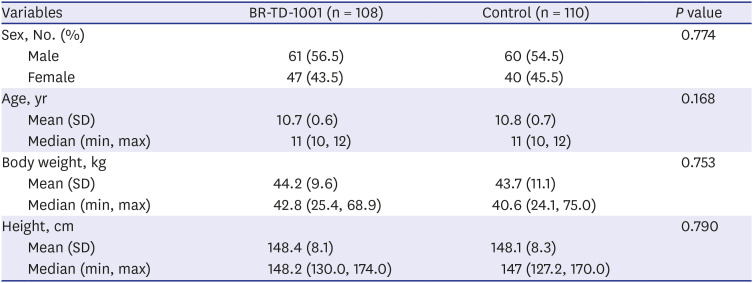
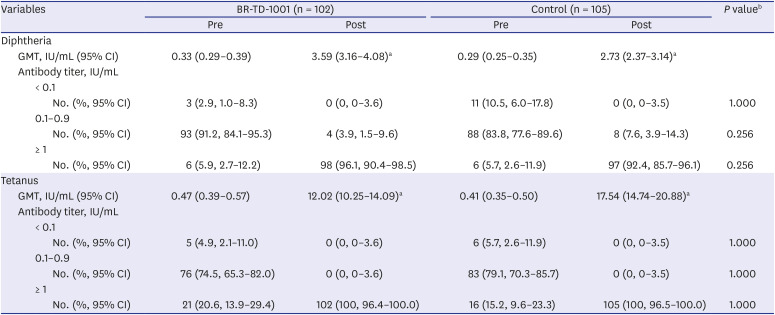

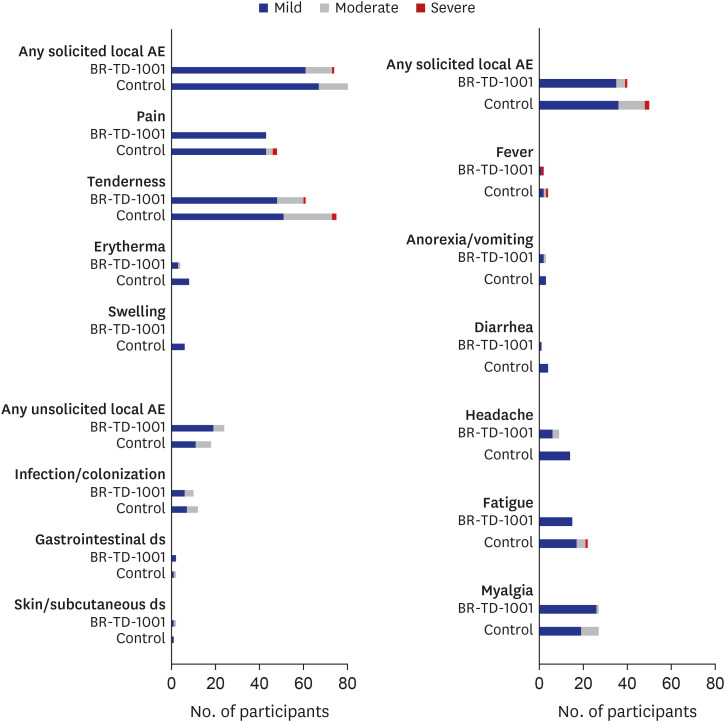
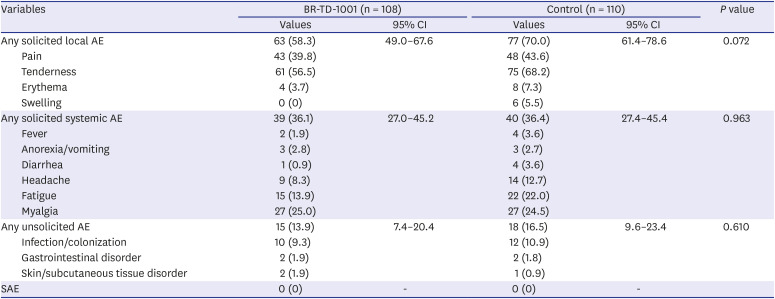




 PDF
PDF Citation
Citation Print
Print



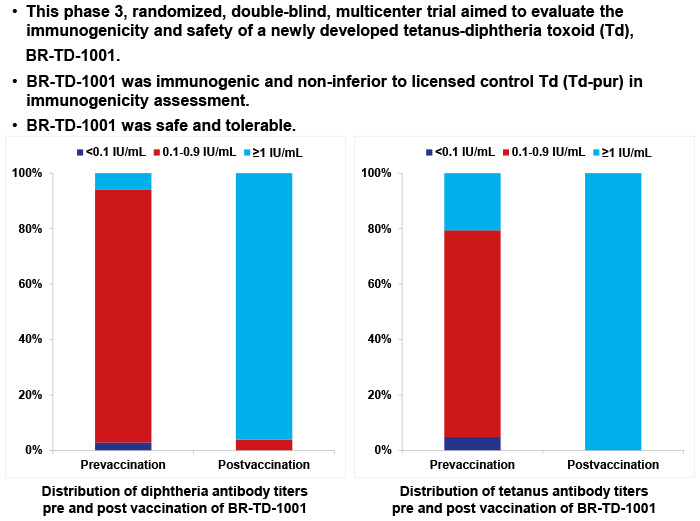
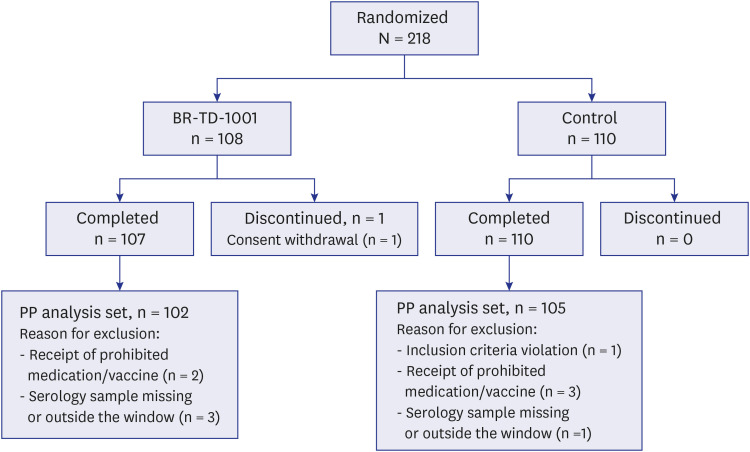
 XML Download
XML Download